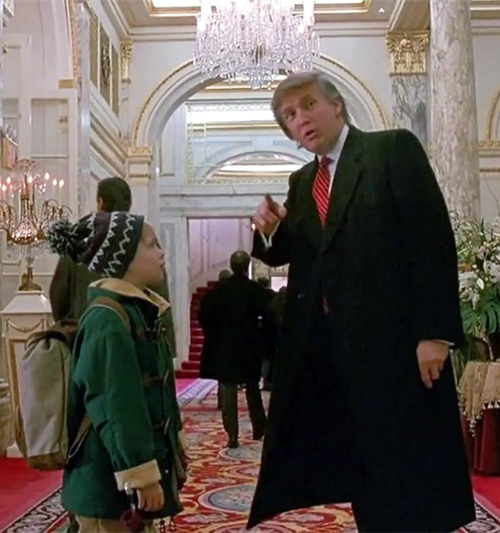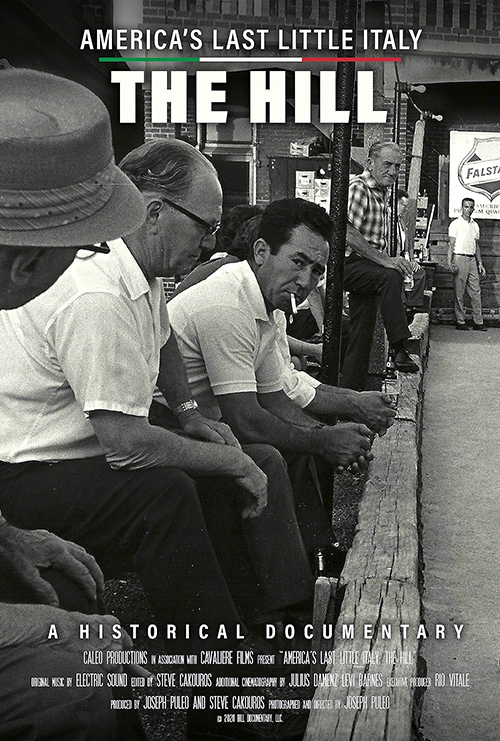I’ve been trying to figure out since 2016 why Americans would vote for Donald Trump.
As King Mongkut says in the Hammerstein musical: “Is a puzzlement.”
I have a shelf of books on the Trump administration.
I still don’t fully understand why people would vote for Trump, a man who is far from admirable.
There are various reasons why Trump was elected via the electoral college in 2016, and why he actually received more popular votes in 2020, than he did in 2016.
This memorandum is an attempt to explain why people still support him.
One reason why Trump won the electoral college (but lost the popular vote) in 2016, is the old story of rural Republicans having more power in the electoral college than big-city Democrats.
American novelist Barbara Kingsolver discussed—in a 6/12/2023 Guardian article, by Lisa Allardice—how rural people have become so tired of being mocked by city people that they want to blow up the system!
Wanting to blow up the system, isn’t just a goal of the rural South.
Many Americans are frustrated with news organizations, higher education, and the U.S. government.
These Americans believe that these groups look down on them, and are setting unrealistic standards for how they should behave.
(MAGA people oddly equate those organizations with Leftists and the Democratic party.
That’s a stretch.)
Meanwhile, mediocre CEOs, top tier performers, and sports stars rake in millions, while workers make less in real terms, than we did in the 1970s.
To these angry voters, a vote for Trump isn’t merely a vote for him.
It’s an act of rebellion against an elitist system.
Another reason for Trump “winning” in 2016, was the fact that Hillary Clinton is female.
Although Clinton did win the popular vote, she won despite some voters not seeing her as “presidential material.”
Some voters may not support President Joe Biden in 2024 because they don’t want Kamala Harris to become President (in case of Biden’s death).
If Nikki Haley were somehow able to become the Republican nominee, would these voters really vote for a Sikh-raised, now Christian, daughter of immigrant parents?
I don’t think so.
The prejudice against women having presidential power is still too deep.
Some Americans fear more than Feminism.
They’re afraid that their way of life is being threatened.
I suppose that, from their perspectives, the current world doesn’t make sense.
They want to go back to the 1950s, when men were men and women were women, and white Anglo-Saxon Christians were unquestionably at the top of the food chain.

A reason why people support Trump—even those who don’t like him personally—is because he’s promised “strong leadership” and maintaining “traditional” values (just as other Republicans have).
Trump doesn’t seem to have any values at all, except keeping himself solvent.
However, that vapidity allows people to maintain the illusion that his fuzzy values, somehow match theirs.
There’s a culture war going on, and it’s heating up.
Each side considers the other side “mad” and unreasonable.
A few years back, big companies set up Diversity, Equity, and Inclusion (DEI) departments.
Now, there’s a serious backlash against such departments, and Kentucky governmental officials are trying to outlaw them.
Many thousands of picture books were published on Black heroes, and containing LGBTQ stories.
Now, those books are being banned, along with dictionaries and encyclopedias (hated symbols of knowledge).
“Bad actors” are creating pornographic books, and convincing parents that these fake books are being used as textbooks in grade schools.
(The culture war is getting really ugly!)
I realize that people are tired of “the lesser of two evils” presidential elections, and pretending that previous U.S. Presidents weren’t flawed.
Presidents have made serious nationalistic errors during their administrations*—and distrust of government has been building.
This has resulted in isolationism, and those fears are being used by Trump.
One factor is that—with so much confusing information available on the web—finding “the facts” has become difficult.
(See my 5/6/2023 memorandum “The Argument Over “Truth.”)
Believe it or not, people are going back to ideas like “the earth is flat,” and a literal belief in the Bible.
People are judging information by the source of the data—its’ side on the cultural divide—and only believing what they want to believe.
(After all, with computer-generated imagery and sound, anything can be faked.)
Another reason for Trump keeping his “fan base,” is the illusion that he’s a great businessman, and that he’ll run the country well.
Few realize that The Apprentice office was a stage set, and that Trump was a lazy CEO, interested mainly in selling his “brand.”
He was never as skilled at running the Trump Organization as his grandmother (who started Elizabeth Trump and Son), or even his father.
Besides that, the revolving door of Republicans who were fired, or forced out—during his administration—makes it clear that Trump was never a sound President.
Trump is a very “amusing” candidate, and that in itself may be enough to win support.
He mugs for the camera.
He hugs the U.S. flag.
Most of all, he’s conquered his phobia of shaking hands with strangers.
Trump’s rich man belief that he “owns the room” is very attractive to MAGA voters.
While most politicians are boring, part of being a con man is to be an entertainer.
One chapter in Aja Raden’s nonfiction book, The Truth About Lies, deals with the story of Gregor MacGregor (1786-1845).
MacGregor was a Scottish confidence man, who stole money from rubes—from Britain to Venezuela—for over 40 years.
Raden explains how the more deeply MacGregor’s victims were invested in his lies, the more stubbornly they insisted on believing in him.
I once planned a memorandum on why Trump would be a bad president again.
However, I’ve decided that it’s not worth my time.
Nearly every reason why Trump must not win election in 2024, is out there for all to see and hear.
Many follow him blindly, or (worse still) imagine that he’s somehow better than Joe Biden.
Instead, I’m planning memorandums on why the Republican 2017 tax changes wreaked havoc, why the Trump wall cost as much as $46 million per mile, and why we should all vote in 2024.
*For further information on “bad judgment calls” made by U.S. Presidents, read The Spy Masters: How the CIA Directors Shape History and the Future, by Chris Whipple (Scribner, 2020) and Profusely Illustrated, by Edward Sorel (Alfred A. Knopt, 2021) a memoir that has 172 great illustrations!

































